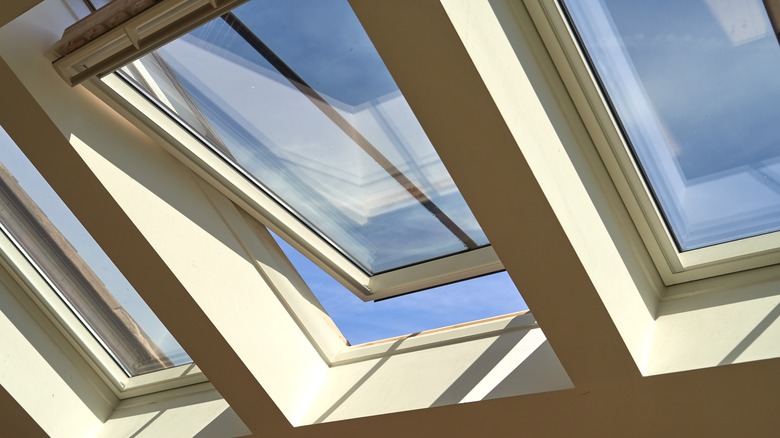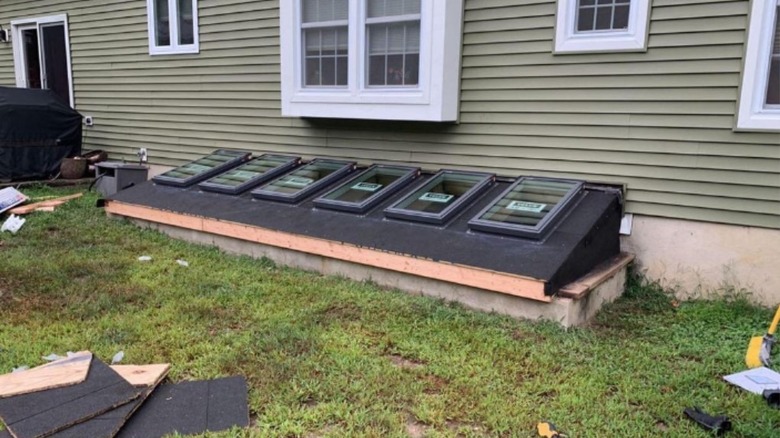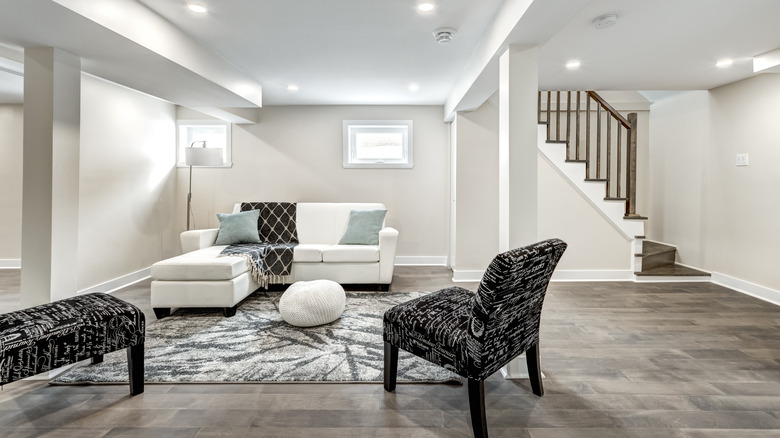Make The Most Of Basement Living With A Light And Bright Glass Roof Upgrade
If you're one of the lucky few homeowners that have a basement, it makes sense that you would want to put it to good use! Even if your basement is fully finished, you may not find yourself spending a lot of time downstairs because it simply doesn't feel right, but what can you do if you need your basement to serve as a vital living space? The key to making basements and other dark spaces feel more inviting is to add some natural light, and one of the best ways to do so is by installing a glass roof element.
Installing a glass roof in your basement will allow the space to fill with natural light, and if you can add opening panels, it's great for ventilating your basement in summer. However, putting a glass roof on your basement isn't as simple as carving a hole in the ceiling. Being an underground space, basements come with unique challenges, so you'll need to consider temperature, rainfall, moisture, safety, and more when installing your glass roof. Here's what you need to know to choose the right roofing option and other helpful tips to brighten up your basement.
How to choose the right glass roof
Almost any basement can have a glass roof installed, but some will require more construction than others. Obviously, the process will be much easier for basements that extend beyond the basic foundation of the home. If your basement is contained under the house, you will have to dig and expand it further to install a glass roof. It's also best for the roof to be raised a few feet up out of the ground to avoid getting muddy, flooding, or having people walking on it. A glass roof could compromise some of the tornado safety in your basement, but this shouldn't matter much if you live in an area with few tornadoes. Another way around this is to build a safe area or room within the basement, such as a large closet that will be shielded from the glass.
When it comes to the glass itself, you'll have several options to consider. Choose a tinted, frosted, or one-way glass if you need privacy for your basement dwelling. For regions with high temperatures, it's best to select a tinted glass or one with a solar coating. Homes that regularly see a lot of snow will need thicker glass to support the weight, but heated glass windows are another smart option to keep weight off and keep light flowing in during your darkest months. With a basement sunroof, you can even keep live plants below to protect them from frost and cheer up the space!
More bright ideas
If you can't install a glass roof in your basement or would prefer not to, there are still plenty of genius ways to make the space feel more bright and open. Adding windows to the upper portion of your basement walls will let in a surprising amount of light, even if the windows are narrow. An egress window is another permanent option that will allow tons of light to flood into the underground room and provide an escape route in an emergency.
If your basement is truly stuck underground, consider creating your own fake window; all you need is a bright LED panel and a shutter box, curtains, or blinds to mask it. Using mirrors, glass, and other reflective surfaces in décor is a tried-and-true trick to help light bounce around the room, and you can even add a clever fake window made with mirrors to amplify existing light and make the whole room feel larger. Lastly, consider swapping your dim and dingy lightbulbs for some rated at 4000 Kelvin or slightly higher, as these will mimic natural daylight. If all else fails, lean into the cozy, cave-like aesthetic with warm lamps and a faux fireplace.


